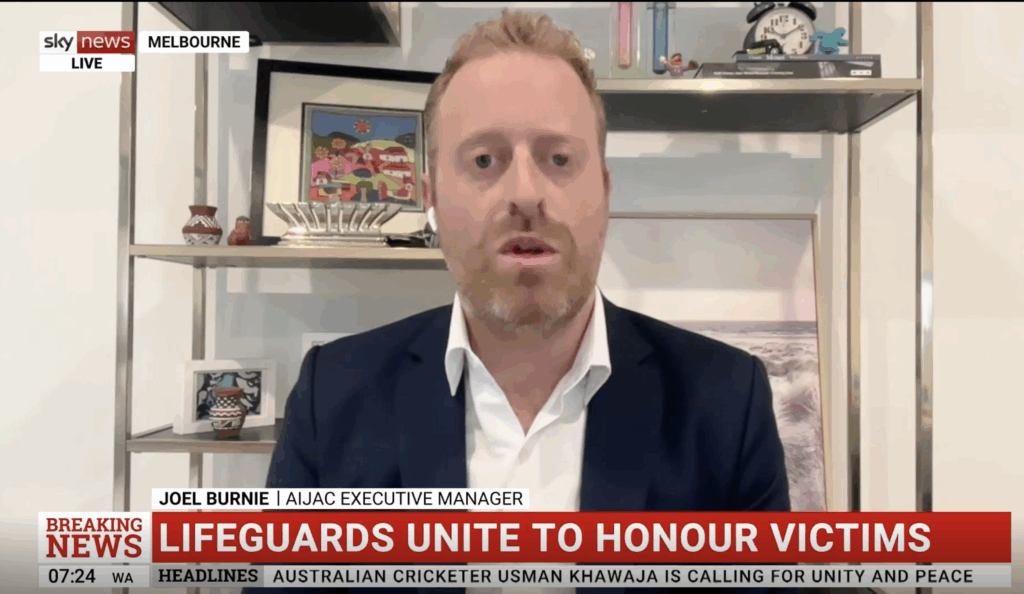Article 1
Hamas’s march of folly
Op-ed: Neither Hamas nor Israel want another round of fighting in Gaza, which would force the IDF to enter the strip, but the high number of casualties on the border might leave Hamas with no choice but to respond. If Hamas, or one of the other Palestinian factions, fires rockets at Israel, a full-blown conflict might erupt.
Ron Ben-Yishai
Ynet.com, May 14, 2018

The Gaza border protests – vastly increased efforts to breach the border fence led to much higher casualties.
It was a symbolic day, as an event in Jerusalem bolstered and advanced the State of Israel’s sovereignty and legitimacy, while at the same time dozens of Palestinians were killed and injured on the Gaza border in an ostentatious and suicidal move that had no practical purpose. This is the same thing they’ve been doing for over 70 years. This time it was just to boost Hamas’s prestige and ensure its survival as a ruler.
Meanwhile, Israel sent a warning to Hamas that if Monday’s events repeat on Tuesday, and if the situation escalates further, it would not hesitate to target the terror group’s leaders as well. This warning was conveyed through the Egyptians as well as other channels.
The Hamas leadership didn’t even manage to give meaning to the death of dozens of Gazans, except for vague slogans and hollow symbols, which they’ve produced plenty of over the past 70 years.
Furthermore, Hamas failed on Monday in almost every other aspect: the Palestinians in the West Bank and Jerusalem didn’t rise up and go out to clash with Israeli security forces en masse as the Gazan rulers had hoped; Hamas was also unable to drum up any significant international support for its struggle; and it failed to bring the masses to the Gaza border—with barely 40,000 protesting, which is nowhere near the 100,000 it wanted.
Hamas failed to provide the population in Gaza what it needs, and it failed because it doesn’t have an “exit plan” that would allow it to take advantage of the situation it created to benefit both itself and the population.
The “March of Return” is a classic “March of Folly” that has yet to end. Tuesday would be another day in which Palestinian youth, including children, charge at the border fence, clearly knowing that in the best case scenario, they’ll come back with a leg injury that leaves them crippled.

In a “March of Folly”, Palestinian youth were incited to charge at the border, knowing it could it could led to their being shot.
The number of dead, over 50 by now, is a deviation, but it happened not because IDF soldiers are trigger-happy, but because Hamas, to cover up its own failure in recruiting the masses to march on the fence, recruited the other Palestinian factions to try and breach the fence in 12 different locations. The double and triple amount of attempts to breach the fence are what caused the double and tripled amount of casualties.
The IDF had no choice. There isn’t a non-lethal measure or obstacle that could prevent the crossing of the border. The sniper fire was the minimum the army could do to stop thousands of Palestinians from swarming into Israel and the communities near the border fence.
The Palestinians and their supporters are talking about a “massacre.” They’re using this term to get international support, and in that too they failed because European Union politicians know the difference between a massacre and legitimate fire in self-defence. A massacre is a situation in which the helpless victims are completely under the mercy of the stronger side, as it kills them while they are unable to change their fate. But when it comes to the events in the strip, it’s a spectacle in which the casualties were cast for this role by Hamas. But they had a choice—they could’ve not tried to breach the border fence, and then they wouldn’t have been killed. They were also warned in advanced in every possible way.

A Gazan tears up Israeli leaflets warning of the consequences of attempting to breach the border fence.
It’s important to understand, the Gazans who were killed in the previous “marches of return,” were not defending their homes from an Israeli invasion, they were trying to invade Israel. They also revealed exactly what they intended to do once they entered Israel. Hamas made it known that the plan is to breach the Gaza border fence in order to infiltrate Israel and then sabotage security infrastructure and equipment, and more gravely to abduct a soldier or a civilian to be used as a bargaining chip. And, if possible, infiltrate Israeli communities and take over them for a time and hold a press conference there. Hamas even published the map of communities it planned to infiltrate.
The claim that the Gazans tried to break the siege also fails the test of common sense—because even if tens of thousands of Gazans had managed to breach the fence, without the IDF stopping them, would that have ended the Egyptian and Israeli blockade on the Gaza Strip? The answer is no.
If these protests of tens of thousands on the border fence—peaceful protests as the “march of return” claimed to be—were without Molotov cocktails, without explosives, without gunfire, and without incendiary kites meant to set fire to the wheat in the fields near the border, then they could’ve been said to be a legitimate measure to breaking the blockade by appealing to the international community.

Incendiary kites designed to set fire to wheat fields were a major feature of the protests. In all, the kites succeeding in setting 23 fires.
But the Palestinians in Gaza, led by Hamas, are shooting themselves in the foot. Just like they set fire—for no logical reason—to the fuel depot at Kerem Shalom, through which they get cooking gas and fuel oil to operate their power plants.
Therefore, the IDF sniper fire is a legitimate act of self-defence, for which the army exists and which it must carry out. This is something the diplomats in Brussels understand, and the statement from the European Union reflects that.
During the clashes on the fence, and under their cover, there was an unusual number of shootings and explosives being thrown. This is why the IDF responded with aerial bombardment and tank fire at Hamas targets. The intention was to make it clear to Hamas that if they continued the infiltration attempts—which are directed and led by them—Israel will escalate its responses.
Neither Israel nor Hamas have the desire or intention to escalate the current hostilities to another war in Gaza. Hamas knows that in such a war it would likely lose its rule, and Israel knows that after such a war things would go back to being as they were and might even be worse. That is why, in the absence of any real interest, Hamas and Israel do not want to go into another round of fighting that would force the IDF to enter the strip.
But the high number of casualties might force Hamas to respond. Which is why what Monday night is critical. The question is whether Hamas or one of the other Palestinian groups can resist the temptation to fire rockets at Israel. Such rocket fire could launch another round of fighting.
On Tuesday, the events on the fence will reach new heights. It’s safe to assume that after so many funerals, many Gazans will run to the border riled up, even without being prompted by Hamas and the other factions. So it’s too early to tell how Nakba Day events would end.
BACK TO TOP |












